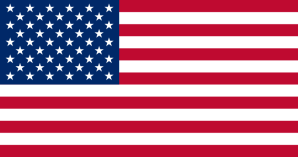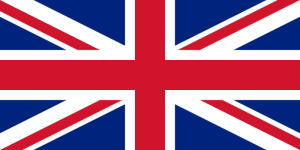“Twilight” cautions issued in US and UK
Posted: 12/05/2011 Filed under: Media Coverage, Movies, Political Action & Advocacy, Seizure Warnings | Tags: epilepsy advocacy, flash, flicker, photosensitive epilepsy, photosensitivity, seizure warning, seizures, Twilight: Breaking Dawn Leave a comment Epilepsy organizations in the US and UK have issued warnings about seizures during the birthing scene in the film Twilight: Breaking Dawn. Because of the warnings, the seizures have received additional press attention.
Epilepsy organizations in the US and UK have issued warnings about seizures during the birthing scene in the film Twilight: Breaking Dawn. Because of the warnings, the seizures have received additional press attention.
Unfortunately, the warning in the US did not address consumers outside the epilepsy community. It released a warning last week on its website, addressed only to people who know they have photosensitive epilepsy:
“If you have photosensitive seizures, please take this information into consideration when deciding whether to see this movie. Around 3 percent of the nearly 3 million Americans with epilepsy have photosensitive epilepsy.”
The Epilepsy Foundation missed a major opportunity to explain that those most at risk for visually triggered seizures are those who have a genetic vulnerability but haven’t yet experienced a seizure. So while the Epilepsy Foundation is to be commended for responding to early reports of seizures provoked by flashing light in the scene, it downplayed the extent of the seizure risk.
As of today, 15 individuals have provided information about their Twilight seizures to a website tracking them, and only three had experienced prior seizures. What about the remaining 12 people? Would they have avoided the movie on the basis of a warning aimed at people who know they photosensitive epilepsy?
Not surprisingly, media coverage relied on information provided in the Epilepsy Foundation’s statement. For example, the Baltimore Sun’s story, which was picked up by a number of other newspapers, stated,
“While epilepsy is relatively uncommon in the population — about 3 million Americans have it — photosensitivity is even rarer, occurring in just 3 percent of those with epilepsy.”
To its credit, the Epilepsy Foundation warning provided links to excellent information on its site about visually induced seizures. Next time the organization should point out that anyone might have these seizures, not only people with epilepsy. When balancing the desire to protect those with epilepsy from unnecessary restrictions on daily activities against the greater public’s need to know about visually induced seizures, the Foundation favors the sensitivity of its own membership.
 Over in the UK, in response to reports of seizures among American movie-goers, the advocacy group Epilepsy Action did indeed take action, even without reports of seizures in British viewers.
Over in the UK, in response to reports of seizures among American movie-goers, the advocacy group Epilepsy Action did indeed take action, even without reports of seizures in British viewers.
For its part, Epilepsy Action made clear in its own news release about the film that photosensitive seizures can also affect people with no prior connection to epilepsy.
“Many people with photosensitive epilepsy, especially young people, do not know they have it until something triggers their first seizure. In 1997, an episode of Pokemon shown on Japanese television caused almost 600 people to have seizures. Of these, 76 per cent had no previous history of epilepsy.”
According to Epilepsy Action’s news release, the group contacted Breaking Dawn’s UK distributor and requested confirmation that the birthing scene had been checked for photosensitivity. The distributor (which did not confirm the photosensitivity check) then issued a seizure warning that will be displayed for movie audiences.
